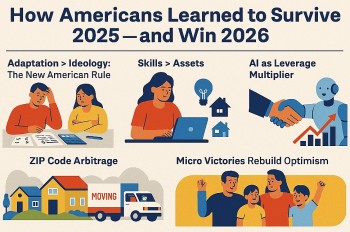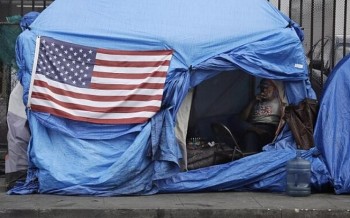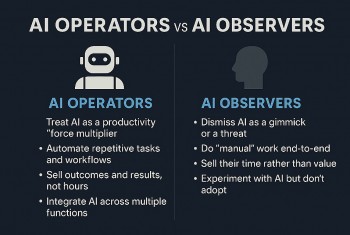How Waymo Robotaxis Became Flashpoints in LA Protest Fires
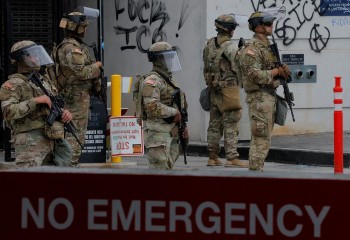 Inside Task Force 51: Maj. Gen. Scott M. Sherman Leads 700 Marines & 2,100 Guard Troops into LA Protest Zone Inside Task Force 51: Maj. Gen. Scott M. Sherman Leads 700 Marines & 2,100 Guard Troops into LA Protest Zone |
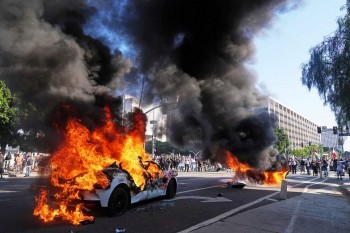 Why China Warned Its Citizens Amid LA Protests: A Deep Dive Why China Warned Its Citizens Amid LA Protests: A Deep Dive |
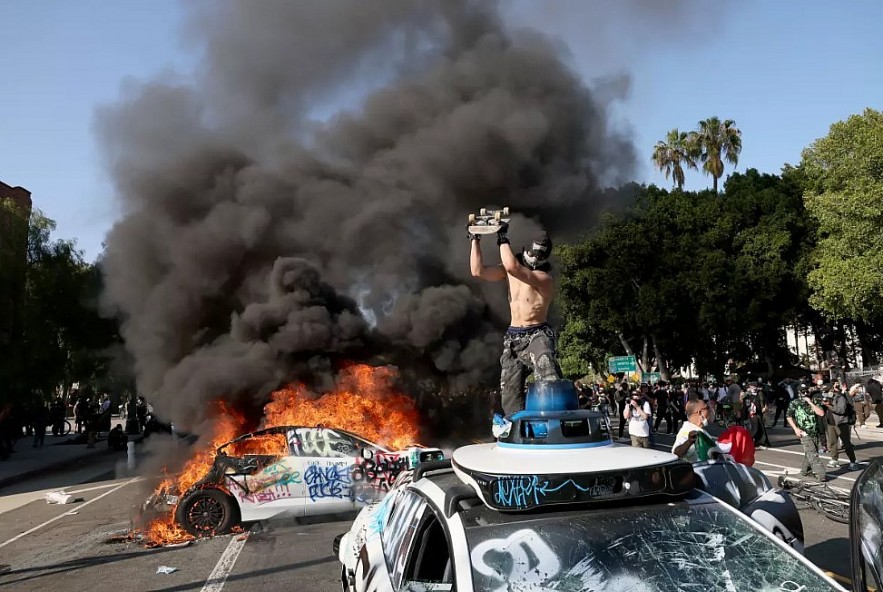 |
| Waymo vehicles set on fire in downtown L.A. as protesters, police clash |
Unrest and the Blaze
In early June 2025, protests sparked by mass ICE raids swept through downtown Los Angeles. What began peacefully soon escalated into clashes involving tear gas, rubber bullets, and vandalism. Amid this, protesters torched at least five Waymo robotaxis and several Lime e-scooters. Videos captured flaming vehicles and streets soaked with toxic smoke, prompting urgent warnings from LAPD and fire crews.
What Happened to Waymo & Lime Vehicles
-
Five Waymo Jaguar I-Pace robotaxis vandalized: windows broken, tires slashed, spray-painted anti-ICE slogans, then set ablaze.
-
Lime e-scooters were used as accelerants—tossed into the burning shells, intensifying the flames.
-
Toxic lithium-ion battery fires released potentially lethal gases (e.g., hydrogen fluoride), prompting public safety alerts.
-
Waymo suspended robotaxi services in downtown LA and expanded caution measures in San Francisco for anticipated protests.
Why Target Robotaxis?
Surveillance Symbolism
These vehicles are equipped with advanced CCTV, lidar, and radar, capable of recording high-resolution data—potentially accessible to law enforcement. Protesters perceived them as covert surveillance tools.
Tech Displacement & Wealth Inequality
Beyond surveillance, robotaxis represent high-end, expensive tech (estimated $150–200K each), which some protesters associate with economic displacement and corporate privilege .
Collateral Damage in Chaos
Eyewitnesses noted that robotaxis were caught in general protest hotspots, rather than being directly targeted. Still, their visibility and tech associations made them convenient flashpoints .
Technical & Environmental Hazards
-
Lithium-ion battery fires pose serious dangers—hard to extinguish and can emit hydrogen fluoride, which endangers both residents and first responders.
-
Fire crews had to contain flames and toxic smoke repeatedly as protests flared overnight.
-
The air quality hazard triggered barricades and evacuation zones amid rising smoke and chemical exposure risks.
Immediate Responses
Waymo
-
Suspended services downtown after coordinating with LAPD, citing safety and absence of targeted attack evidence.
-
Continued operations in other areas with increased monitoring.
Law Enforcement
-
LAPD issued public warnings about toxic fumes and urged caution.
-
Firefighters worked to extinguish battery fires while controlling foaming agents.
City Officials
-
Mayor Karen Bass described vandalism as saddening and harmful to community safety.
-
Governor Gavin Newsom criticized both unrest and federal troop deployment for escalating violence.
Tech-Industry Ripple Effects
Trust & Surveillance Backlash
This incident sparks debate on AI-tech accountability—driving calls for stricter regulation on data collection and use by autonomous fleets .
Operational Risk Protocols
Autonomous vehicle (AV) providers now need real-time risk detection—such as geo-fencing and rapid remote disable—during civil unrest.
Regulatory & Insurance Pressure
A spike in protest-related damage will pressure insurers to revise policies, pushing regulators to integrate AVs into emergency management planning .
Market Perception & Investment
Despite the high-profile damage, Alphabet (Waymo's parent company) stocks climbed ~1.7%, while Tesla rose 4.6%, reflecting renewed optimism in scaled autonomous fleets.
Impact on Local Communities
Safety Concerns
Residents and workers in the fire zone were exposed to toxins and structural damage, disrupting daily operations and increasing evacuation protocols .
Transportation Disruption
With AVs halted, commuters lost access to driverless rides, pushing them toward buses, ride-hailing, or private cars.
Confronting Tech’s Social Role
Local discourse sharpened: is advanced tech inclusive infrastructure or entrenched privilege? This event intensified scrutiny over AV deployment in marginalized neighborhoods.
ESG & Policy Considerations
-
Environmental concerns from toxic battery fires compel AV firms to plan clean-up strategies.
-
Governance demands that companies proactively consult localities about deployment in unrest-prone zones.
-
Social equity mandates demonstrating tech benefits across communities—like jobs, access—reducing friction .
Lessons & Preventive Measures
| Strategy | Description |
|---|---|
| Hotspot Avoidance | Implement geo-fencing to halt vehicles in protest zones. |
| Rapid Shutdown | Enable remote deactivation to mitigate moving threats. |
| Crisis Communication | Establish protocols with law enforcement/first responders. |
| Public Education | Clarify surveillance limitations and usage rights. |
| Insurance Updates | Include civil unrest in AV insurance coverage. |
| Community Engagement | Local outreach, equity mapping, and public benefit plans. |
FAQs
Why were Waymo robotaxis targeted during LA protests?
They were symbols of tech surveillance and prosperity, located in frenetic protest zones. Critics argue they are proxies for law-enforcement overreach via cameras.
How many Waymos were destroyed?
At least five autonomous Waymo vehicles were set ablaze, detailing spray-painted messages and smashed windows.
Are lithium-ion battery fires dangerous?
Yes—such fires release toxic gases and are tough to extinguish, causing serious environmental and safety risks.
How did Waymo respond operationally?
They halted robotaxi services downtown, engaged LAPD, and prioritized safety before resuming operations in calmer areas.
What does this mean for future autonomous vehicle deployment?
Firms must build resilience against social unrest, improve community ties, prepare for insurance/regulatory changes, and ensure ESG-readiness.
Final Thoughts
The torching of Waymo robotaxis and Lime e-scooters during LA’s protests symbolizes a breaking point in public trust between communities and advanced urban tech. These once-celebrated symbols of innovation now stand as lightning rods for inequality, surveillance fears, and systemic mistrust.
For Waymo—and the broader autonomous vehicle industry—this moment demands rapid adaptation: improving operations in unrest-prone zones, strengthening community partnerships, and embracing transparency about data use.
Ultimately, this incident raises a fundamental question: Can emerging technologies truly serve urban communities if they stir social turmoil instead of trust? The answer will shape how cities integrate AVs into everyday life—and how safe and inclusive our future becomes.












